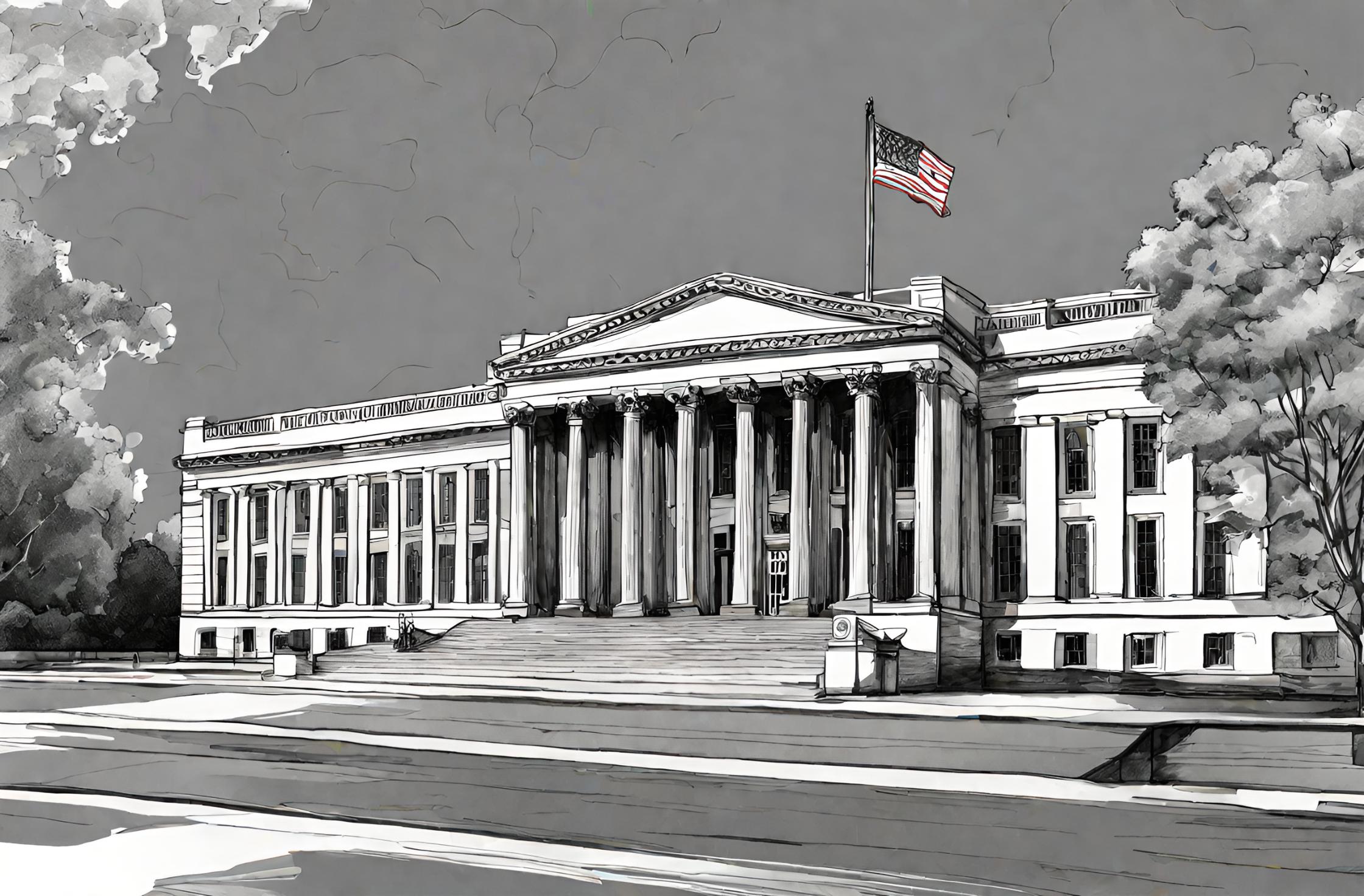Flashback to April 3
American History

On January 7, 1608, a devastating fire broke out in Jamestown, Virginia, leaving destruction and despair in its wake. This tragic event had a profound impact on the early settlers and their fledgling colony. In this article, we will delve into the details of the fire that destroyed Jamestown and explore its lasting consequences.
The fire erupted in the heart of the settlement, reducing numerous buildings to ashes within hours. As the flames spread rapidly, panic ensued among the residents who were ill-equipped to deal with such a calamity. With limited resources, the settlers struggled to contain the fire and prevent its further spread. Unfortunately, their efforts were in vain, and the fire raged on uncontrolled.
The exact cause of the fire remains unknown, though some speculate that it was sparked by a faulty hearth or an untended fire. Regardless of its origin, the fire quickly grew in intensity, engulfing wooden structures and turning them into a blazing inferno. The lack of firefighting equipment and infrastructure exacerbated the situation, leaving the settlers helpless in the face of such a force of nature.
The damage inflicted by the fire was extensive. Many essential buildings were reduced to ashes, including homes, storehouses, and the colony’s church. The loss of these structures meant the destruction of valuable supplies, causing immediate hardship for the settlers. Food, tools, and other provisions crucial for survival were all lost in the flames. The settlers now had to face the daunting task of rebuilding their homes and lives from scratch.
In addition to the physical devastation, the fire had severe consequences for the colony’s morale and prospects for growth. Jamestown was already struggling with numerous challenges, including harsh weather, disease, and strained relations with Native American tribes. The fire acted as a devastating blow, further dampening spirits and straining the settlers’ resilience.
Despite the immense difficulties, the colonists rallied together in the face of adversity. They rebuilt their homes and tried to restore some semblance of normalcy to their lives. The fire served as a turning point for Jamestown, leading to a renewed focus on improving infrastructure and fortifying the settlement against future disasters.
The rebuilding process also presented an opportunity for the colonists to rethink and redesign their buildings. They started incorporating more fire-resistant materials and implementing safer construction techniques. This marked a step forward in the development of the settlement’s architecture and laid the foundation for future growth.
The fire that destroyed Jamestown on January 7, 1608, holds a significant place in the history of the colony. Though tragic and devastating, it served as a catalyst for change and resilience. The settlers learned important lessons about preparedness, community cooperation, and the importance of infrastructure. The experience of rebuilding their lives from the ashes shaped their determination and forged a stronger, more resilient Jamestown.
the fire that destroyed Jamestown, Virginia, on January 7, 1608, stands as a pivotal event in the colony’s history. It caused widespread destruction, loss of supplies, and strained morale. However, it also spurred the settlers to rebuild and improve their community. The lessons learned from this disaster left a lasting impact on the early settlers’ resilience and determination to forge ahead amidst adversity.
We strive for accuracy. If you see something that doesn't look right, click here to contact us!
Sponsored Content

US national debt hits…
On April 3, 1986,…

Battle at Namozine Church,…
The Battle at Namozine…

